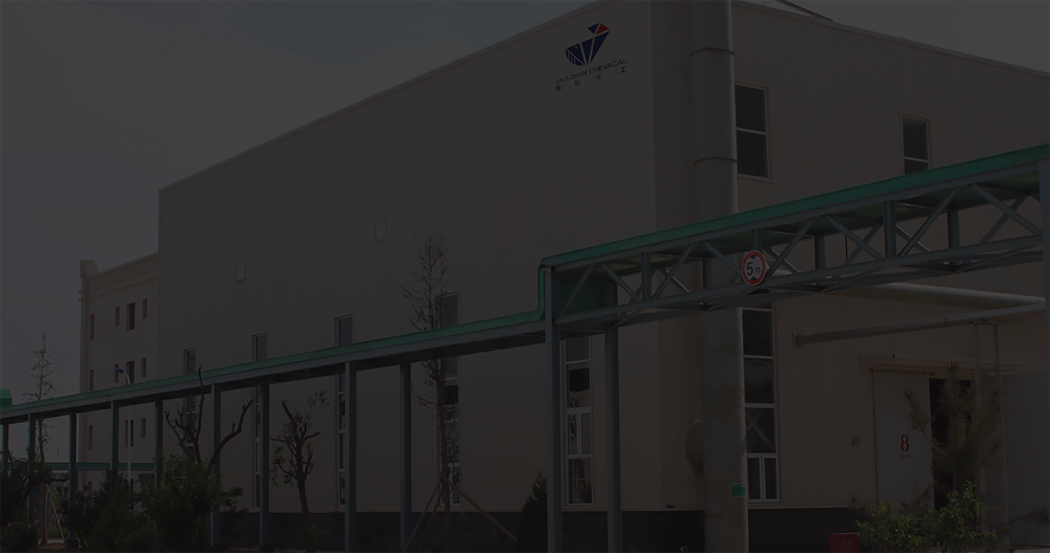
Aug . 14, 2024 22:49 Back to list
Exploring the Role and Benefits of HPMC as a Versatile Pharmaceutical Excipient in Formulations
HPMC Excipient A Versatile Polymer in Pharmaceutical Applications
Hydroxypropyl Methylcellulose (HPMC) is a cellulose ether that has garnered significant attention as an excipient in the pharmaceutical industry. This multifunctional polymer is often utilized for its unique properties, serving as a binder, film-former, thickener, and controlled-release agent in various drug formulations. The increasing demand for HPMC can be attributed to its compatibilities and wetting properties, making it an essential component across different dosage forms, including tablets, capsules, creams, and suppositories.
HPMC Excipient A Versatile Polymer in Pharmaceutical Applications
Moreover, HPMC's film-forming capabilities have made it increasingly popular in coating applications. HPMC-based films can provide protection to the APIs from environmental factors, as well as mask unpleasant tastes and facilitate controlled release profiles. The solubility of HPMC in both water and organic solvents allows for versatile coating formulations that can be tailored for specific release characteristics—whether immediate or sustained. This adaptability is particularly valuable in formulations that require targeted delivery or enhanced bioavailability.
hpmc excipient

In addition to its binding and film-forming properties, HPMC acts as a thickening agent in various semi-solid formulations. Its ability to increase viscosity renders it effective in gel and cream formulations, where thickness can greatly influence the application and efficacy of the product. The viscosity provided by HPMC allows for better spreadability on the skin and ensures that active ingredients are retained at the site of application for prolonged periods, enhancing therapeutic effects.
Another significant advantage of HPMC is its role in modified-release formulations. Controlled-release technologies are on the rise to optimize therapeutic outcomes while minimizing side effects, and HPMC is a key player in this sector. As a polymer matrix, HPMC can slow down the release of drugs, allowing for extended dosing intervals. This can lead to improved patient compliance, particularly for chronic conditions that require regular medication.
The safety profile of HPMC is also a vital factor in its favor. Being derived from natural cellulose, HPMC is widely regarded as non-toxic and non-irritating. Its use in pharmaceutical formulations complies with regulatory standards, making it a preferred choice for formulators looking to develop products with a focus on safety and efficacy.
In summary, Hydroxypropyl Methylcellulose (HPMC) serves as a versatile excipient in the pharmaceutical industry, with applications ranging from binding and film-forming to thickening and controlled release. Its numerous benefits, including its ability to enhance stability, improve therapeutic efficacy, and ensure patient safety, mark it as an invaluable component in contemporary pharmaceutical formulations. As the industry continues to evolve with a focus on personalized medicine and advanced delivery systems, the role of HPMC is likely to grow, paving the way for innovative solutions in drug delivery and formulation development.
-
Versatile Hpmc Uses in Different Industries
NewsJun.19,2025
-
Redispersible Powder's Role in Enhancing Durability of Construction Products
NewsJun.19,2025
-
Hydroxyethyl Cellulose Applications Driving Green Industrial Processes
NewsJun.19,2025
-
Exploring Different Redispersible Polymer Powder
NewsJun.19,2025
-
Choosing the Right Mortar Bonding Agent
NewsJun.19,2025
-
Applications and Significance of China Hpmc in Modern Industries
NewsJun.19,2025







